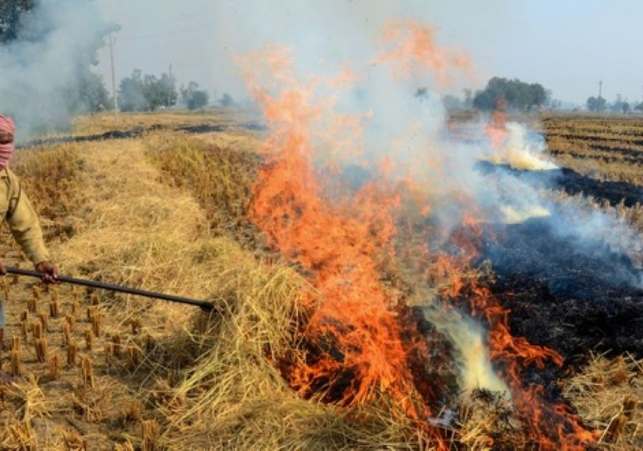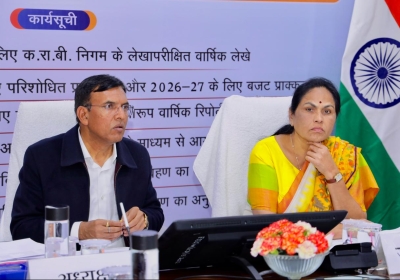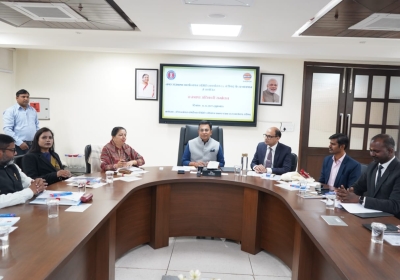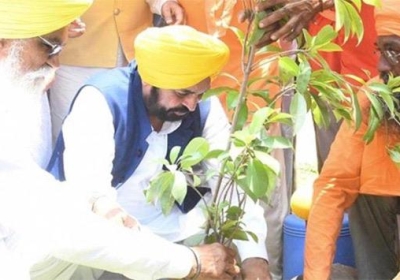
Tackling stubble burning in Punjab
Punjab's efforts to curb stubble burning: Challenges and progress
Increase in Crop Residue Management (CRM) machines
Punjab has launched an ambitious plan to deploy approximately 1.37 lakh Crop Residue Management (CRM) machines during the ongoing paddy season, aiming to reduce stubble burning incidents. With a record-breaking 32.93 lakh hectares under paddy cultivation this year, the state plans to provide one CRM machine for every 24 hectares. This initiative includes adding over 20,000 new machines to the existing fleet.
Challenges in achieving stubble burning reduction
While the scale of the CRM machine deployment is commendable, historical data suggests that the number of machines alone may not lead to a significant reduction in stubble burning. In the previous year, despite having around 1.17 lakh CRM machines, Punjab witnessed stubble burning on approximately 15.42 lakh hectares, only a slight decrease from the previous year when the state had 90,422 machines. This indicates that merely increasing the number of machines does not necessarily translate to a substantial reduction in stubble burning incidents.
ALSO READ: PM Modi commemorates Teachers' Day with National Teacher Award 2023 Winners
Addressing mindset and targeting vulnerable districts
To effectively combat stubble burning, experts stress the importance of changing farmers' mindsets. Many farmers still opt for burning crop residue instead of managing it properly. To address this issue, it is crucial to focus efforts on eight to nine districts out of the total 23, as these districts are more vulnerable and contribute to around 80% of stubble burning incidents. These vulnerable districts include Sangrur, Ferozepur, Faridkot, Fatehgarh Sahib, Muktsar Sahib, Bathinda, Mansa, Moga, and Fazilka. Last year, these districts saw an increase in burnt areas, highlighting the need for targeted interventions.
The state government has allocated a Rs 350-crore action plan for the 2023 Kharif season to combat stubble burning, with contributions from both the Union and state governments. The plan includes a focus on achieving zero stubble burning incidents in select districts and a 50% reduction in others.
ALSO READ: Arvind Kejriwal addresses Public meeting ahead of Haryana Assembly elections
Punjab has been distributing various machinery, including super seeders, smart seeders, paddy straw choppers, shredders, mulchers, hydraulic reversible mould board ploughs, and zero till drills, to promote crop residue management since 2018. Farmers receive a 50% subsidy on these machines, while cooperative societies and custom hiring centers can avail an 80% subsidy.
This year, the government also plans to establish 1,000 new Custom Hiring Centres (CHCs) to further support CRM efforts. The goal is to manage around 15 million tonnes of stubble, with 11.50 million tonnes through ex-situ management and 3.54 million tonnes through in-situ management.





